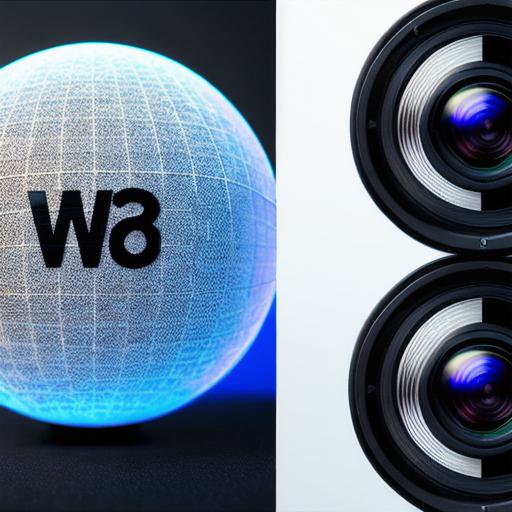Web3 is a revolutionary technology that promises to change the way we interact with data, assets, and people on the internet. As a developer in the web3 space, it’s crucial to stay up-to-date with the latest developments and understand how this new paradigm works. Here are some of the top questions you should ask about Web3 to stay ahead of the game:
- What is Web3, and what problem does it solve?
Web3 refers to the decentralized web or dweb, which is a peer-to-peer network that operates on blockchain technology. The goal of Web3 is to give users more control over their data and assets, eliminate intermediaries, and create new opportunities for innovation. - What are the key features of Web3?
The main features of Web3 include decentralization, transparency, security, and openness. Decentralization means that there is no central authority controlling the network, which makes it more resilient to censorship and hacking attempts. Transparency refers to the ability to view and verify transactions on the blockchain, while security means that data is encrypted and protected from unauthorized access. Openness refers to the ability for anyone to contribute to the development of the network and its applications. - What are some common use cases for Web3?
Web3 has a wide range of potential use cases across various industries, including finance, healthcare, supply chain management, and more. Some common use cases include decentralized exchanges (DEXs), non-fungible tokens (NFTs), and smart contracts. DEXs allow users to trade assets directly with each other without the need for intermediaries like centralized exchanges. NFTs are unique digital assets that can represent anything from art to collectibles to real estate. Smart contracts are self-executing contracts that automate the process of enforcing agreements and reducing the need for intermediaries. - What are some challenges with implementing Web3?
While Web3 has a lot of potential, it also faces several challenges. One of the biggest challenges is scalability, as existing blockchain networks struggle to handle high transaction volumes. Another challenge is interoperability, as different blockchains and dApps may not be able to communicate with each other seamlessly. Additionally, there is a lack of standardization in terms of protocols and tools, which can make it difficult for developers to build applications on Web3.
- What are some emerging trends in Web3?

As the web3 space continues to evolve, there are several emerging trends that are worth watching. One trend is the growth of decentralized autonomous organizations (DAOs), which are self-governing entities that operate on blockchain technology and allow for more democratic decision-making processes. Another trend is the development of layer-2 solutions, which aim to improve scalability and performance by building additional layers on top of existing blockchains. Additionally, there is a growing interest in the use of Web3 for social impact, with organizations using blockchain technology to track and measure the impact of their initiatives.
FAQs:
- What are some popular Web3 development tools? Some popular web3 development tools include Ethereum Studio, Remix, Truffle, and Ganache.
- How can I build a dApp on Web3? Building a dApp on Web3 involves creating a smart contract that interacts with the blockchain and building a user interface using web technologies like HTML, CSS, and JavaScript. There are many resources available online to help you get started with building a dApp, including tutorials, documentation, and open-source projects.
- What is the difference between Web2 and Web3? Web2 refers to the traditional internet, which relies on centralized servers and intermediaries to facilitate communication and transactions. Web3,
